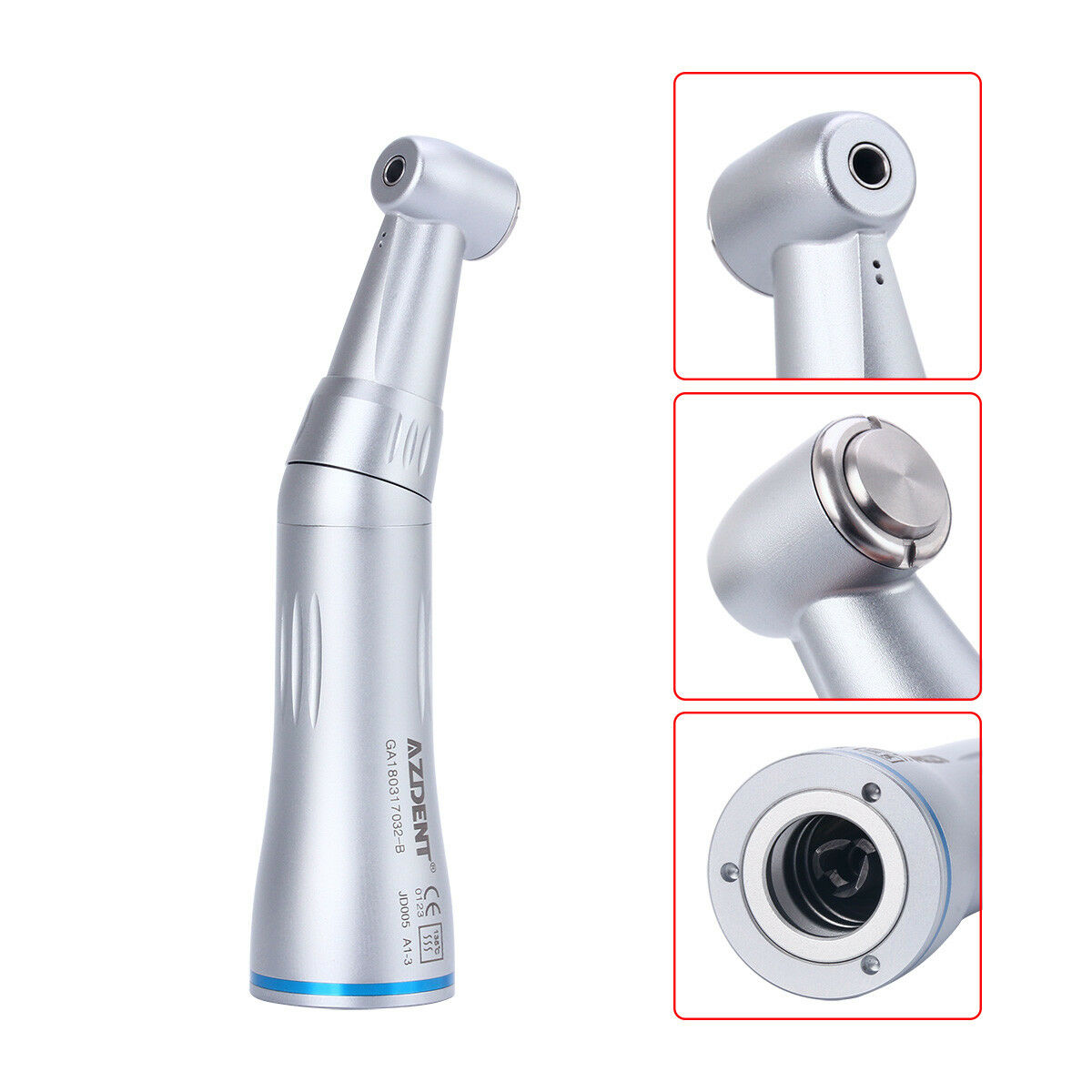
Essential Skills for Dentists: Manual Cleaning Techniques and Procedures for Dental Handpieces
Dental Handpiece is an essential tool in dental treatment. A large number of studies have shown that since most oral clinical operations are carried out within the patient’s mouth, dental handpiece in operation and the patient’s saliva, blood, oral contact frequently, plus dental handpiece’s fine structure, by metal shell tightly closed, with internal complex turbine bearing, water, gas pipeline and lacuna, therefore dental handpieces often become a medium of cross infection.
Dental handpieces cause cross infection in the following three ways.
1. Surface pollution caused by contact with patients’ saliva, blood and crumbs during oral operation, and internal pollution caused by infiltration of saliva and blood into the handpiece through the gap between the handpiece itself.
2. Air pollution caused by air mist and droplets containing pathogenic microorganisms entering the air caused by high-speed rotary cutting of handpieces.
3. The high speed turbine air handpieces stop turning moment formed by negative pressure, patients of oral pathogenic microorganisms can be back to the handpiece internal absorption, and through handpiece connector into the comprehensive treatment of water, gas pipe system caused by pollution, or due to accumulate over a long period, comprehensive treatment of water, gas pipe or harmful bacteria microbial breeding and pollution.
Dental handpiece pollution survey
From 2000 to 2001, a total of 30 hospitals were randomly selected in the same city, including 10 specialized stomatological hospitals, 10 tertiary hospitals, 10 secondary hospitals and 10 primary hospitals.
Bacterial contamination degree of handpieces after use: 110 handpieces after clinical use were randomly selected, and the total number of bacterial colonies was counted as viable bacteria culture. The results showed that all handpieces after use had different degrees of bacterial contamination, with the average bacterial contamination amount of each handpiece being 1200 cfu/ handpiece, and the bacterial contamination amount fluctuated from 102 to 104cfu/ handpiece.
Results of HBV surface antigen detection on handpieces after use: 120 handpieces were randomly selected for clinical use. No matter what treatment was used, the blood pollution of handpieces was serious. The antigonality of HBsAg of the cotton swab eluent after the handpiece was swabbed by wiping method was tested. The eluent with S/N value of 211 was 2, and the positive HBsAg rate was 1.67%, indicating the existence of HbsA in the handpiece after use.
Dental handpiece cleaning and disinfection must arouse the attention of the majority of dental practitioners. Because of the particularity of dental handpiece structure and treatment operation, if not thoroughly sterilized and sterilized, cross infection would be easily caused. Cleaning is the key step before sterilizing medical instruments. At present, manual, automatic ultrasonic and automatic dental hot cleaning/sterilizing machine are commonly used cleaning methods before dental handpiece sterilization. Hand cleaning and disinfection is the most basic cleaning method, but also every practicing dentist must master the basic skills.





